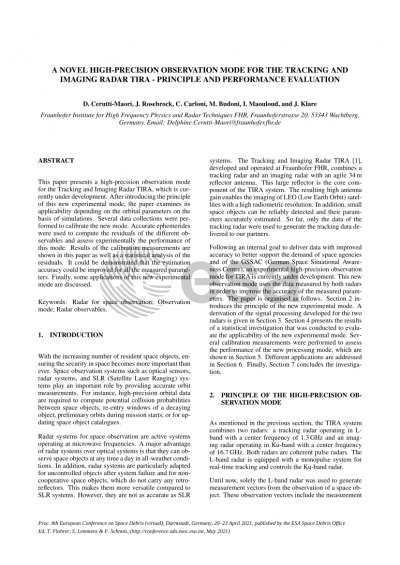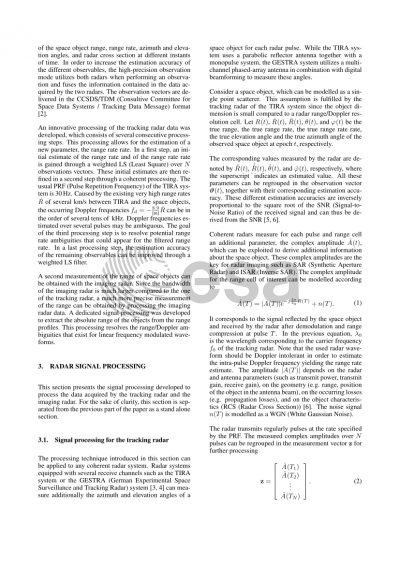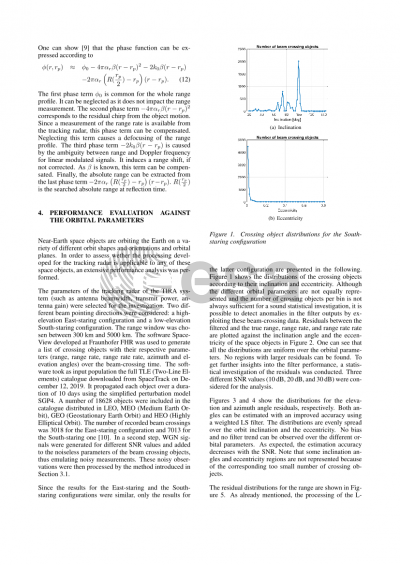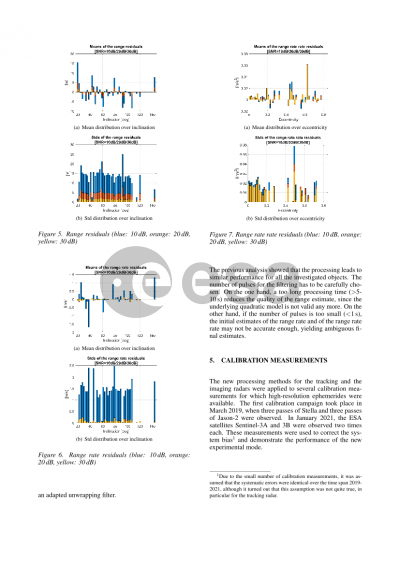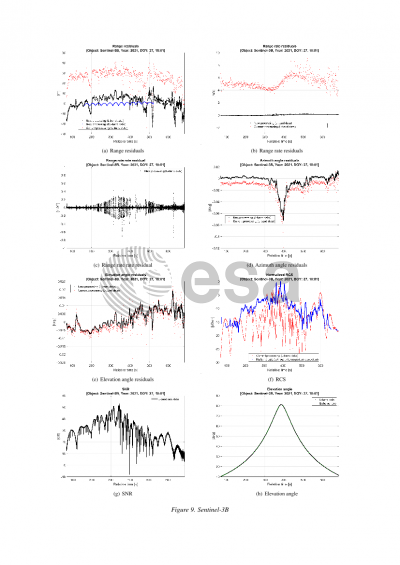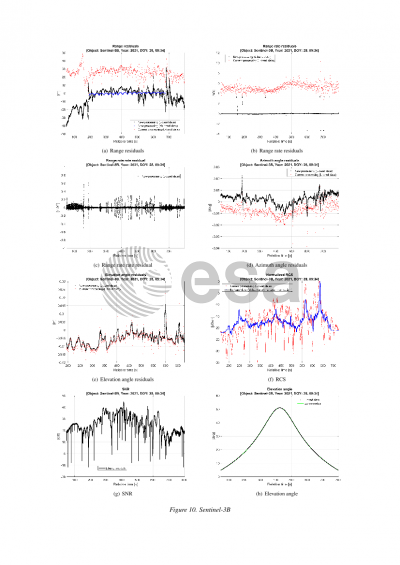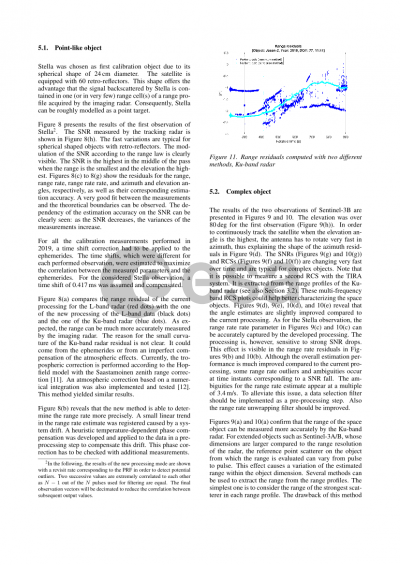Document details
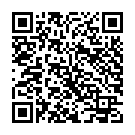
Abstract
With the increasing number of resident space objects, ensuring the security in space becomes more important than ever. Space observation systems such as optical sensors, radar systems, and satellite laser ranging (SLR) systems play an important role by providing accurate orbit measurements. For instance, high-precision orbital data are required to compute potential collision probabilities between space objects, re-entry windows of a decaying object, preliminary orbits during mission starts, or for updating space object catalogues.
Radar systems for space observation are active systems operating at microwave frequencies. A major advantage of radar systems over optical systems is that they can observe space objects at any time a day in all-weather conditions. In addition, radar systems are particularly adapted for uncontrolled objects after system failure and for non-cooperative space objects, which do not carry any retro-reflectors. This makes them more versatile compared to SLR systems. However, they are not as accurate as SLR systems.
The Tracking and Imaging Radar TIRA, developed and operated at Fraunhofer FHR, combines a tracking radar and an imaging radar with an agile 34m reflector antenna. This large reflector is the core component of the TIRA system. The resulting high antenna gain enables the imaging of low earth orbit satellites with a large radiometric resolution. In addition, small space objects can be reliably detected and their parameters accurately estimated. So far, only the data of the tracking radar were used to generate the tracking data delivered to our partners. These observation vectors include the measurement of the space object range, range rate, azimuth and elevation angles, and radar cross section at different instants of time.
Following an internal goal to deliver data with improved accuracy to better support the demand of space agencies and of the German Space Situational Awareness Centre, an experimental high-precision observation mode for TIRA is currently under development. This new observation mode uses the data measured by both radars in order to improve the accuracy of the measured parameters. An innovative processing of the tracking radar data was developed, which consists of a three-step processing based on weighted least square, coherent processing and range rate unwrapping to resolve potential Doppler ambiguities. This processing allows for the estimation of a new parameter, the range rate rate. This new observable can be used e.g. for initial orbit determination. In addition, a precise measurement of the range of the space objects is obtained by processing the imaging radar data.
Several calibration measurements were conducted to assess the performance of the new processing mode. Accurate ephemerides were used to compute the residuals for the different observables. It could be shown that the estimation accuracy could be improved for all the measured parameters. In particular, the new method is more accurate by a factor 20 over the current processing for the range and the range rate.
This paper will present this innovative experimental mode. A statistical investigation of the residuals of several observations will be presented. Finally, different applications will be addressed.
Preview
